Any building’s outside cladding is a crucial component of its design. The outside layer of a structure that offers both weather protection and an attractive finish is referred to as cladding. Regarding cladding patterns and materials, there are a number of alternatives. The most widely used materials for cladding designs include synthetic materials, stone, wood, and brick. Every substance has a distinct appearance, texture, and set of properties.
Post your Requirement
Types of Cladding Designs
- Wood Cladding
- Stone Cladding
- Brick Cladding
- Natural Stone Cladding
- Brick Cladding Designs
1. Wood Cladding:
Wood is a classic cladding material that offers both beauty and functionality. Wood cladding comes in many styles, from traditional tongue-and-groove boards to modern rainscreen systems with concealed fasteners. There are also several wood species to choose from, each with its own distinct grain patterns, textures, and colors. 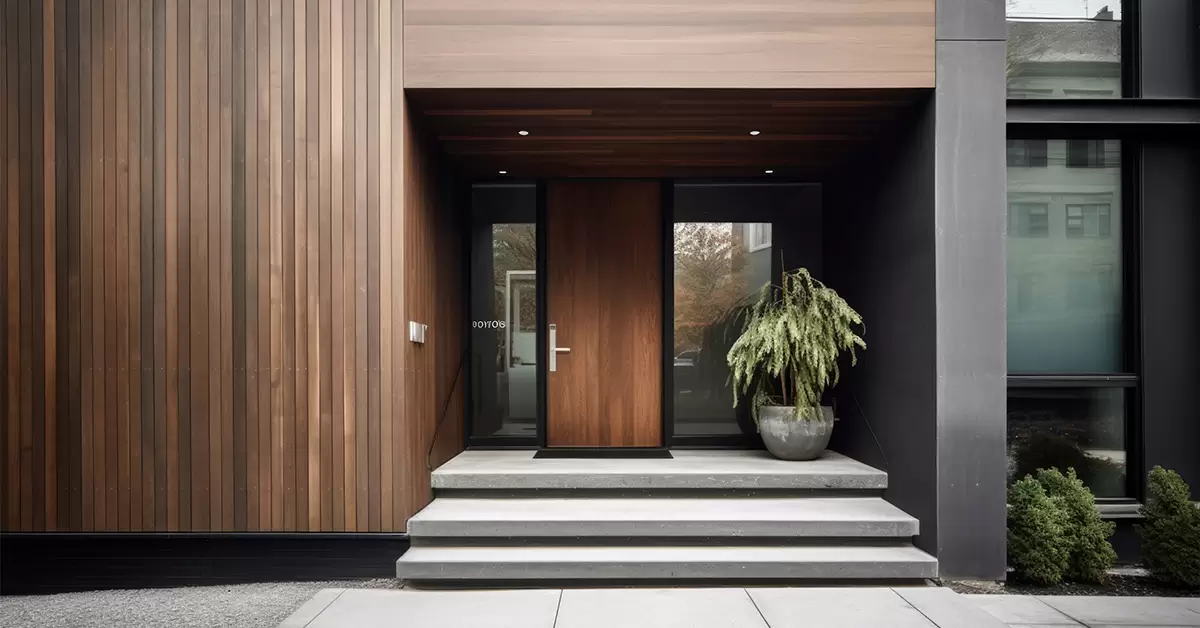
Some popular types of wood cladding include:
- Cedar – Offers a reddish-brown color and natural resistance to moisture, decay, and insects. Cedar cladding is lightweight and easy to work with.
- Redwood – Has a reddish color that eventually turns silvery-gray. Redwood contains tannins that make it naturally resistant to moisture, decay, and termites.
- Pine – The most affordable and commonly used wood for cladding. Pine is lightweight, easy to cut and install, and accepts stains and paints well. It requires regular maintenance and upkeep for long-term performance.
- Ipe – An extremely dense exotic hardwood that lasts over 40 years. Ipe is resistant to rot, abrasion, weather, and insects. It has a slip-resistant texture and rich brownish-red color.
- Shou Sugi Ban – A preserved charred wood created by charring cedar or pine boards with fire. This process creates a textured black exterior that gradually lightens to a silvery gray.
Wood cladding can be oriented vertically, horizontally, or diagonally based on aesthetic preferences. Vertical and horizontal orientations are the most common. Diagonal orientations provide a more contemporary, dynamic look. No matter the orientation, proper installation, and maintenance are key to effective long-term performance.
2. Stone Cladding:
Stone is one of the most durable and low-maintenance materials available for exterior cladding. Stone cladding comes in a variety of natural stone types and colors. Options range from granite, marble, and sandstone to limestone, slate, and quartzite. Stone can be cut into uniform tiles or full-thickness slabs. It can also have a hand-cut, rubble-style finish.
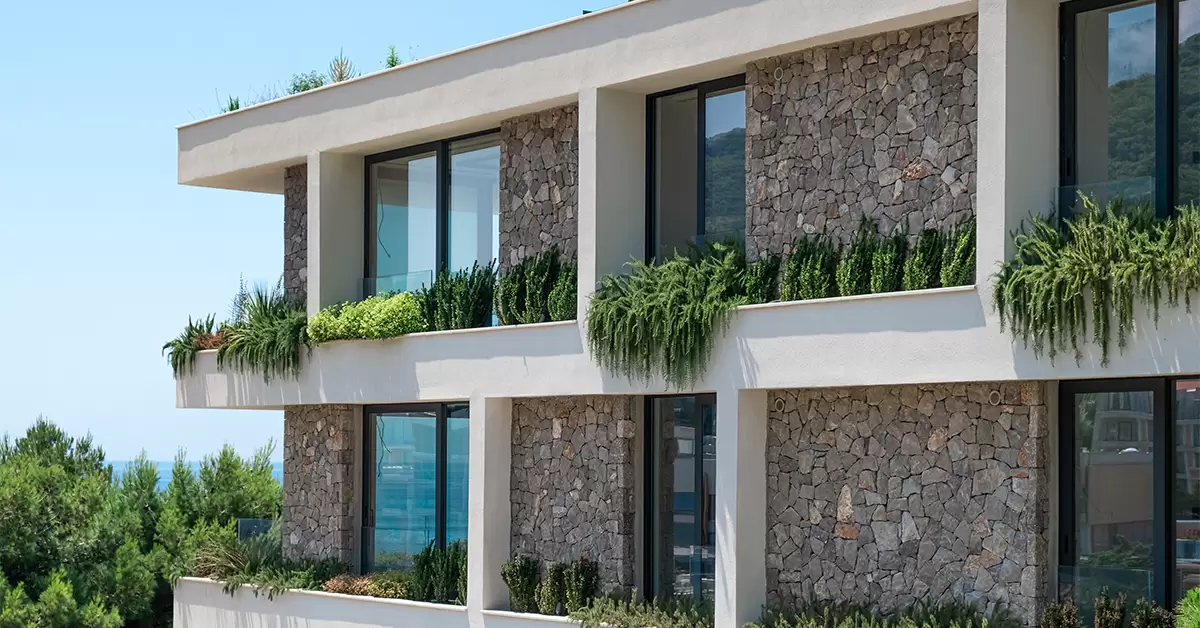
Some benefits of natural stone cladding include:
- Extreme Durability – Stands up to weather, wear and tear over an extended lifespan. Some stone cladding options last over 100 years.
- Fire Resistance – Non-combustible and able to withstand high heat.
- Color Consistency – Natural stone has consistent colors and patterns throughout, unlike synthetic products that can fade.
- Design Versatility – Available in a wide range of colors, cuts, sizes, and surface finishes to match any style.
- Low-Maintenance – Only requires occasional cleaning and sealing, no ongoing finishes needed.
Natural stone cladding can have a contemporary, sleek look with cleanly cut, uniform stone tiles. Or it can aim for a rustic aesthetic with more textural, hand-cut slabs. Ledgestone is a popular rubble-style stone cladding that has an organic, random pattern and thickness.
Stone cladding does come at a higher initial price point than other siding options but pays off in the long run with minimal upkeep costs and exceptional longevity. Stone also adds value and allure for future resale potential.
3. Brick Cladding:
Brick is the timeless cladding option that instantly infuses traditional charm. From historic warehouses converted into lofts to new builds aiming for character, brick cladding brings style and functionality. Modern brick veneer technology makes achieving a flawless brick exterior easier than ever.
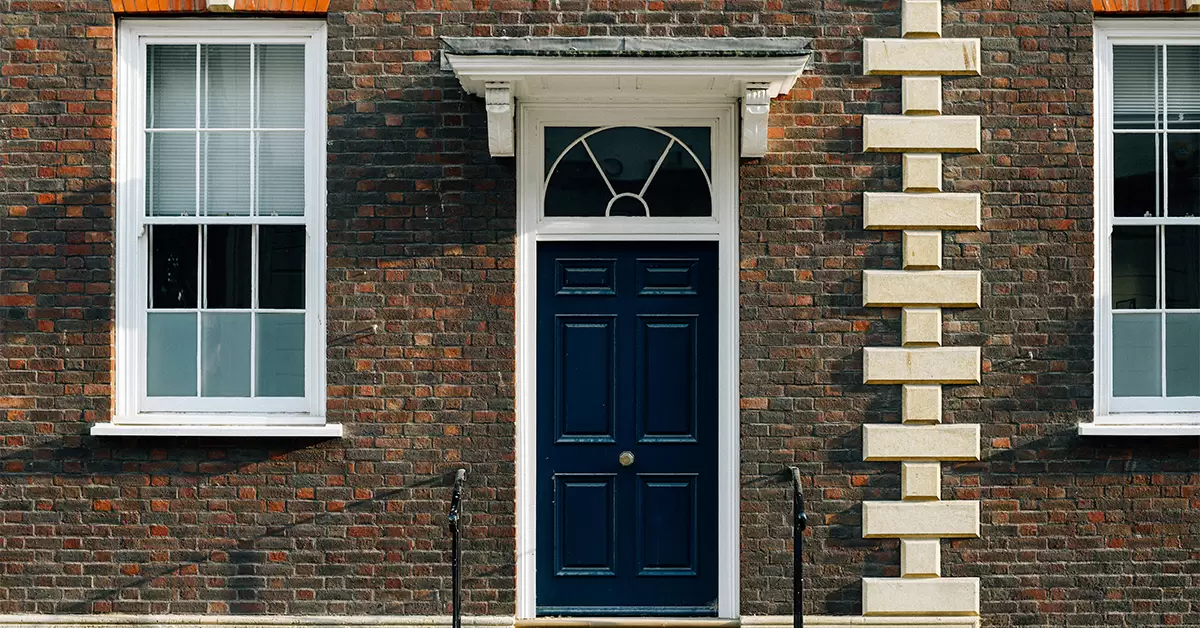
Benefits of brick cladding include:
- Timeless Appeal – Evokes a classic, dignified aesthetic that holds visual interest.
- Customizable – Available in a vast range of sizes, colors, textures, and patterns to match design themes.
- Durable – Stands up to weather, wear, and tear. Only requires occasional repointing of mortar over the years.
- Energy Efficient – Brick’s thermal mass moderates interior temperatures year-round for energy savings.
- Value Booster – Adds monetary worth, pride of ownership, and resale value.
Designers can select traditional bricks or go for a more modern spin, like oversized, thin bricks or elongated formats. Combining multiple colors and patterns within a thoughtfully planned layout prevents a flat, monotonous look. Brick can also be stacked to create geometric shapes and angles for contemporary flair.
4. Natural Stone Cladding:
Natural stone is one of the most beautiful, durable, and environmentally friendly exterior cladding options. Natural stone encompasses quarried materials like granite, limestone, quartzite, marble, sandstone, and slate. It brings uniqueness no two stones are exactly alike thanks to the wonders of Mother Nature.
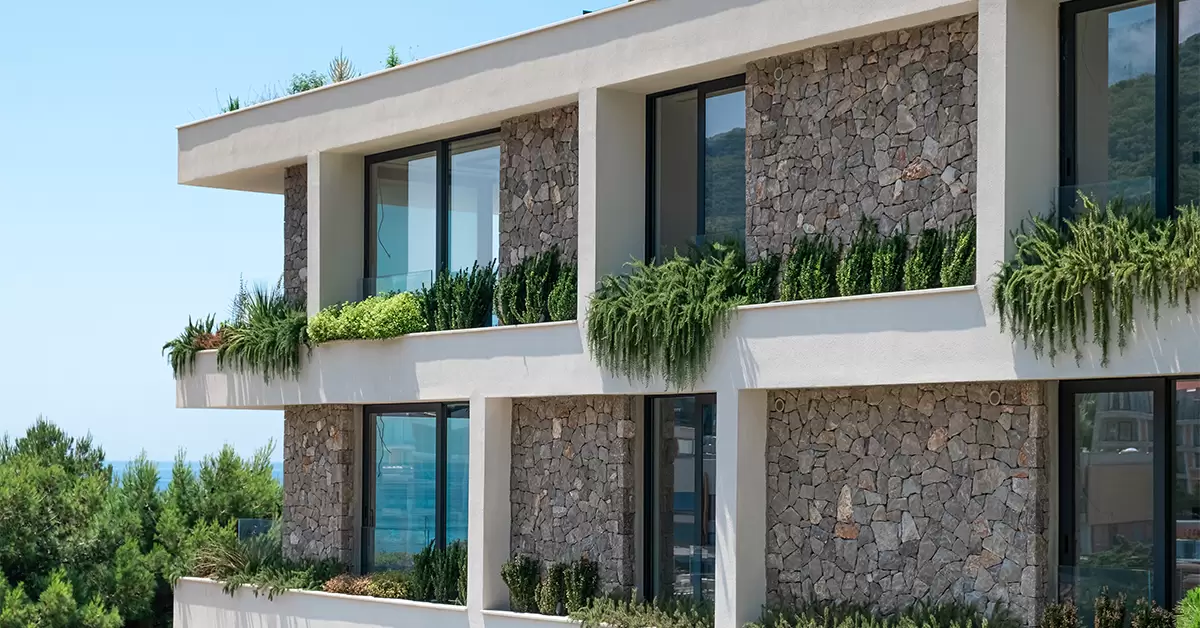
Natural stone cladding adds various perks:
- Visual Splendor – Delivers stunning colors, and textures not found anywhere else. Natural variations create visual depth and irresistible curb appeal.
- Strength – Extremely hard, dense materials that stand up to weather, wear and tear for decades.
- Fire Resistance – Non-combustible with varying levels of fire resistance.
- Sustainability – Natural, abundant quarried stone leaves a light environmental footprint.
- Resale Powerhouse – Natural stone cladding boosts value and desirability for superb resale potential.
Designers can stick with one type of natural stone or combine multiple materials together for contrast. Mixing surface finishes – like pairing honed and polished stone – also adds interest. Unlike manufactured products, natural stone cladding is unique to each quarry and region of the world, making customized artistry easy.
5. Brick Cladding Designs:
Brick is the quintessential traditional building material that continues to prove itself in exterior cladding applications. Brick cladding delivers functional performance plus timeless curb appeal. From historic loft conversions to new residential builds to commercial spaces, brick infuses instant old-world charm combined with contemporary sensibilities.
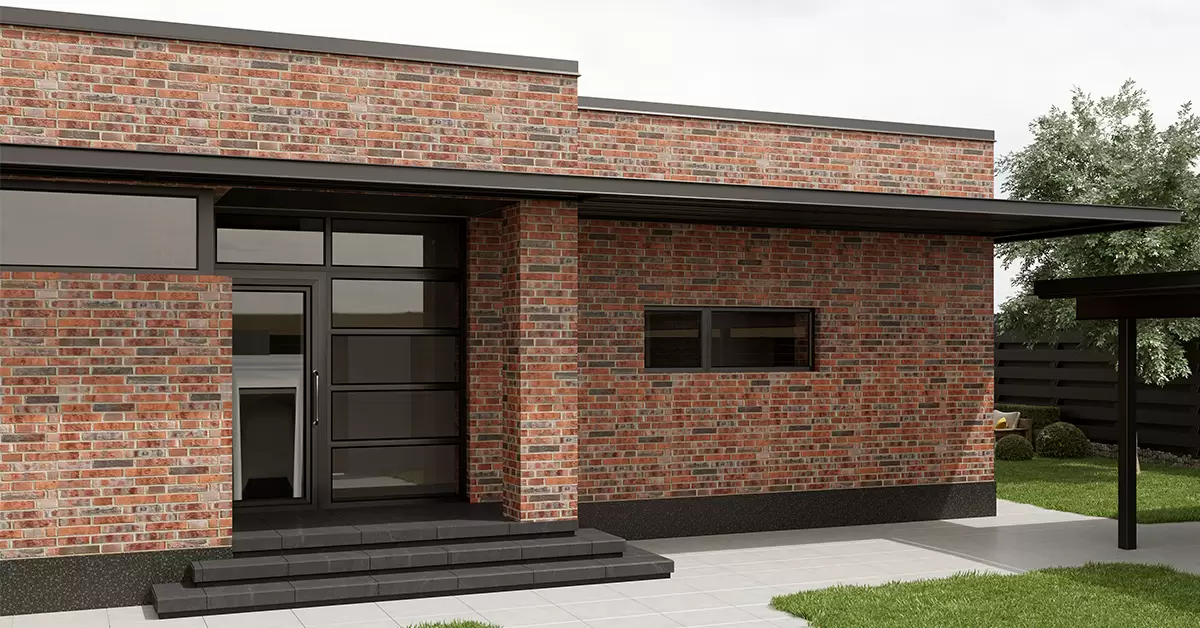
Benefits of utilizing brick cladding include:
- Visual Impact – Makes a bold design statement with eye-catching textures and patterns. Adds rich, welcoming dimension.
- Strength & Durability – Resists weather, rot, termites, fire, and wear for long-lasting good looks.
- Energy Efficiency – Brick’s thermal mass naturally regulates interior temps for heating/cooling savings.
- Acoustic Insulation – Minimizes outdoor noise penetration for interior peace.
- Customization – Choose from countless brick dimensions, colors, textures, and bonds to match themes.
- Value Booster – Increases monetary worth; buyers love the stately appearance and low-maintenance needs.
Today’s modern brick veneer technology makes achieving flawless brick installs easier than ever. Thin bricks in a range of sizes – including elongated and oversized formats – deliver eye-catching drama. Mixing classic bricks with thin, modular formats adds appealing contrast. Contemporary textures – like wirecuts or velours – also lend modern flair.
Creative patterns take a brick to exciting new dimensions. Geometric and pictorial patterns add artistic sophistication with thoughtful planning. Using multiple brick colors/textures together prevents boring, flat expanses. Brick never fails to deliver time-treasured beauty and charm.

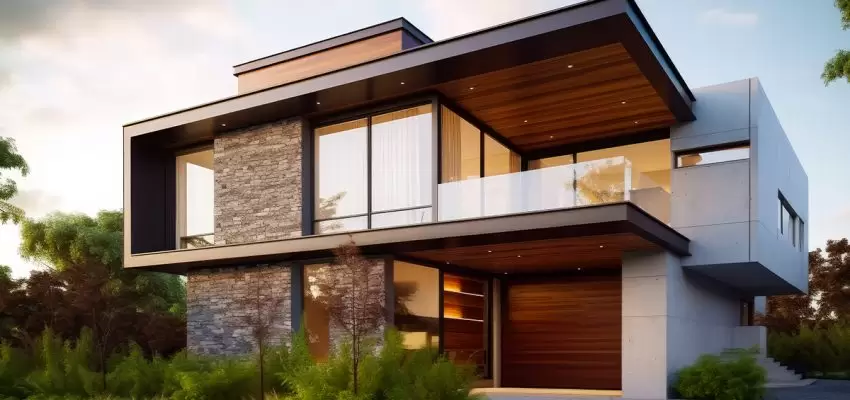
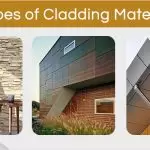
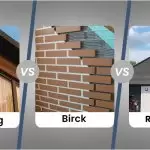
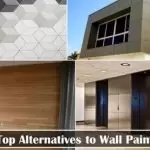
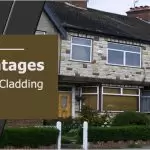

















Post A Comment